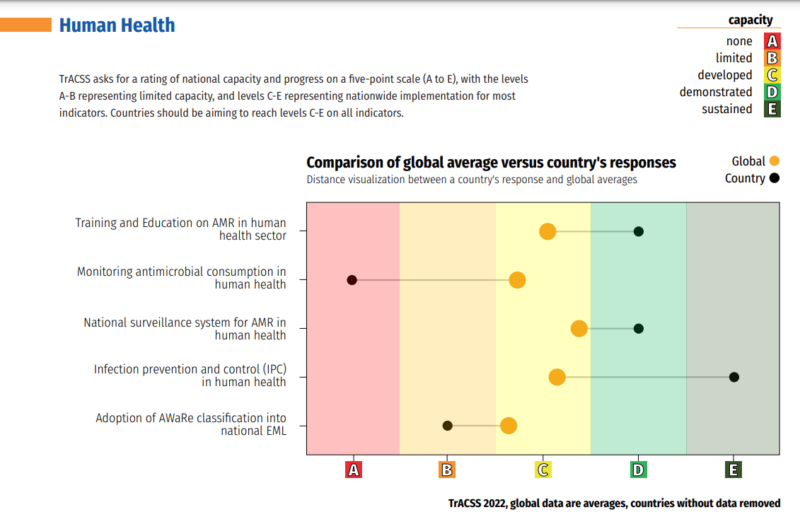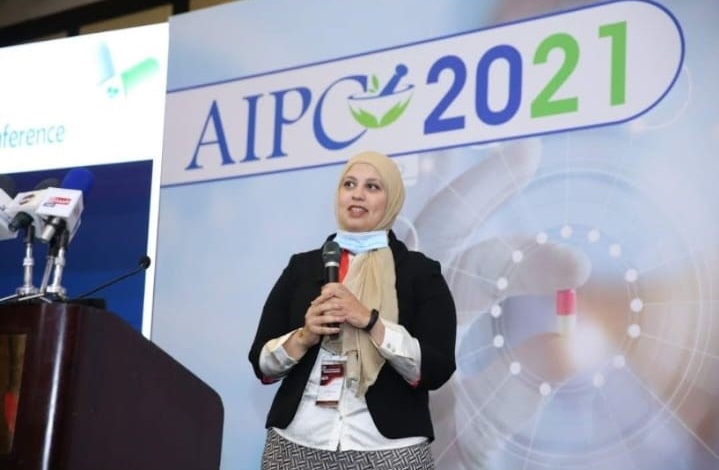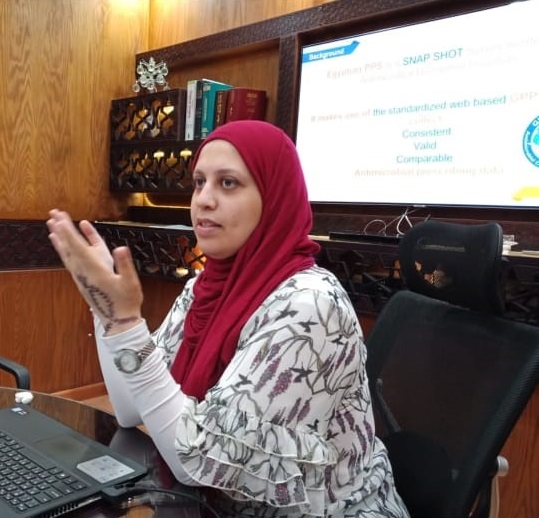Blog by Ambassador Aalaa Afdal
Antimicrobial Stewardship for AMR
This blog by Aalaa Afdal working in Egypt is the fourth blog in a new series by AMR Insights Ambassadors.
My name is Aalaa Afdal, I am from Egypt, and I used to work as a clinical pharmacist in an infectious diseases public hospital. Antimicrobial Stewardship implementation and monitoring is my passion. This was not the case, 15 years ago, at the beginning of my career when I used to dispense antibiotics for almost all prescriptions. I was mistakenly accepting the fact that all patients had to take antibiotics because they were suffering from different infections. I did not recognize the threat of Antimicrobial resistance (AMR) until I moved to work at the intensive care unit, where I was shocked by the bacterial culture results! The number of culture results with multidrug-resistant (MDR) bacteria was terrifying. Since then, I started to read more about AMR, and what actions can be done to mitigate that threat.
In Egypt, a National Action Plan for AMR (NAP) has been developed in 2018, it included all One Health sectors. However, the majority of actions, like AMR awareness, AMR and antibiotic use surveillance, and AMS were conducted for human health by the Ministry of Health and the Egyptian Drug Authority. The animal sector showed only a few initiatives for raising awareness of AMR among farmers and veterinarians. The figure below, adopted from www.amrcountryprogress.org, illustrates how far Egypt is from other countries in implementing most indicators of the NAP:

Because the misuse and/or overuse of antimicrobials was one of the driving factors for the emergence of AMR, it was necessary to improve and control the use of antibiotics at all levels. AMS is one of the key actions of the World Health Organization (WHO) Global Action Plan to contain antimicrobial resistance.
Stewardship is defined as “the careful and responsible management of something entrusted to one’s care”. It was originally applied in the healthcare setting as a tool for optimizing antimicrobial use, termed “antimicrobial stewardship” (AMS). AMS is one of three “pillars” of an integrated approach to health systems strengthening. The other two are infection prevention and control (IPC) and medicine and patient safety. Stewardship has since been applied in the context of governance of the health sector as a whole, taking responsibility for the health and well-being of the population and guiding health systems at the national and global level.
How to develop ASP at your facility?
1. Undertake a facility AMS situational/SWOT analysis
2. Prioritize the health-care facility core elements based on the situational analysis
3. Establish a sustainable AMS governance structure based on existing structures
4. Identify AMS interventions starting with the low-hanging fruit
5. Develop a health care facility AMS action plan that specifies all resources required
6. Monitor and evaluate AMS interventions
7. Implement AMS interventions
8. Offer basic and continued educational resources and training on optimized
Tips for starting ASP at your facility:
We have to be aware that people resist change, and it will be difficult to convince the facility management to implement ASP, especially in low and middle-income countries. Therefore, it will be very convincing to use a facility-based real problem to support your initiative. Additionally, you can start only with simple areas for improvement. One more useful tip is to engage everyone in your initiative and always celebrate successes!
The British Society of antimicrobial chemotherapy (BSAC), the National institute of health (NIH), the center for disease prevention and control (CDC), and many other organizations have developed several tools and educational materials on Antimicrobial stewardship programs (ASPs). Additionally, the WHO has developed a tool kit for ASP in low-middle income countries.




